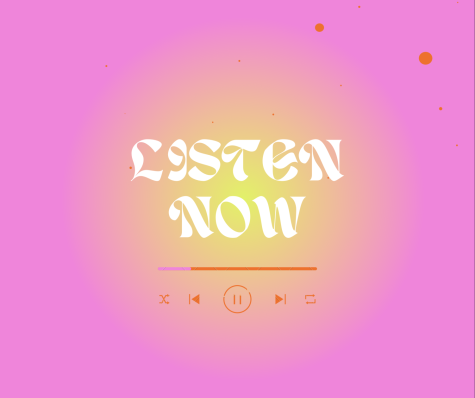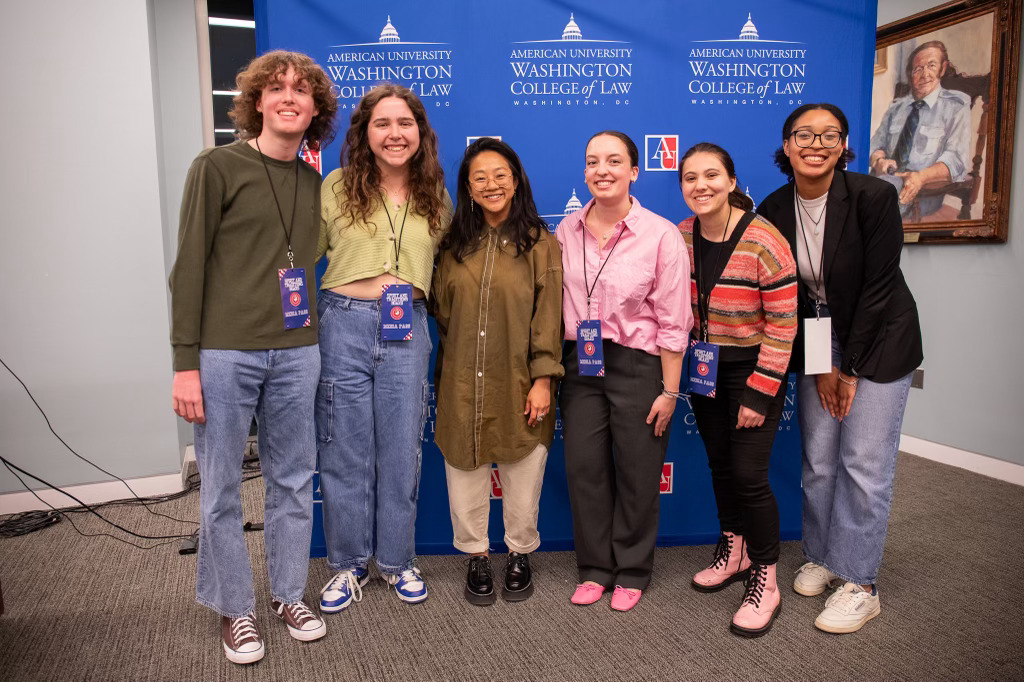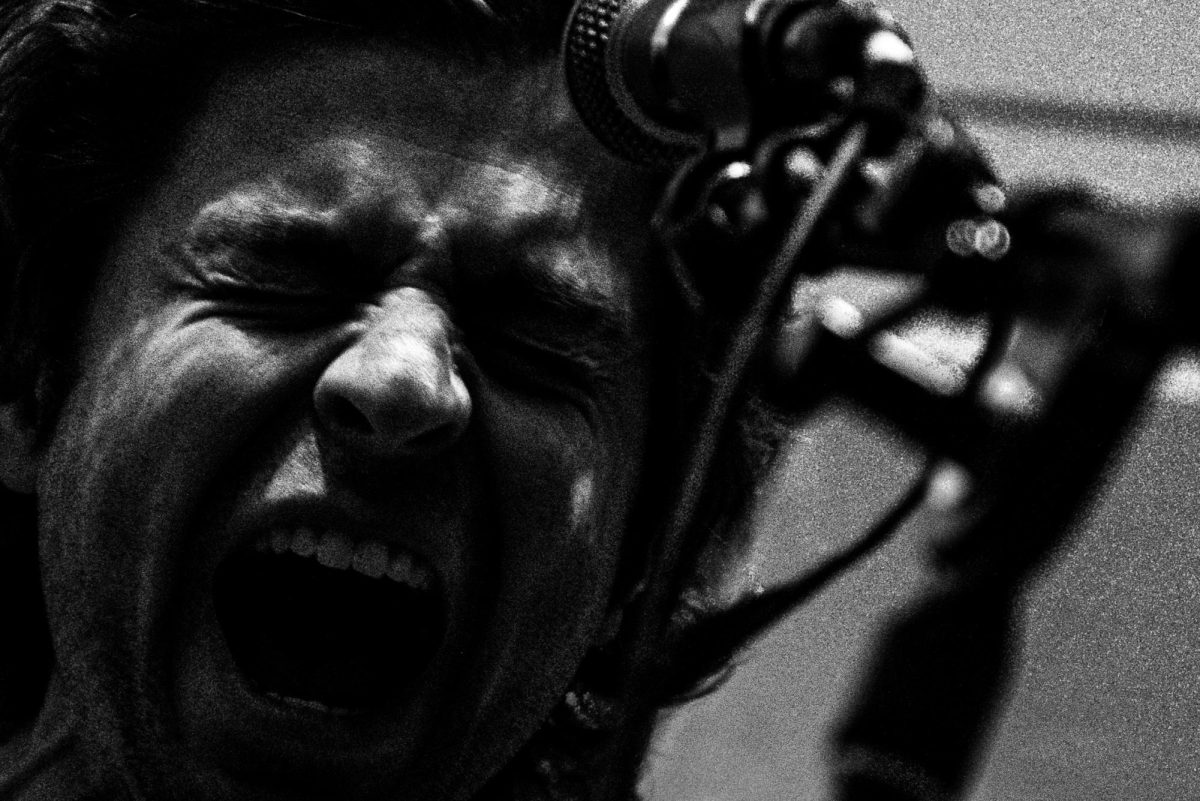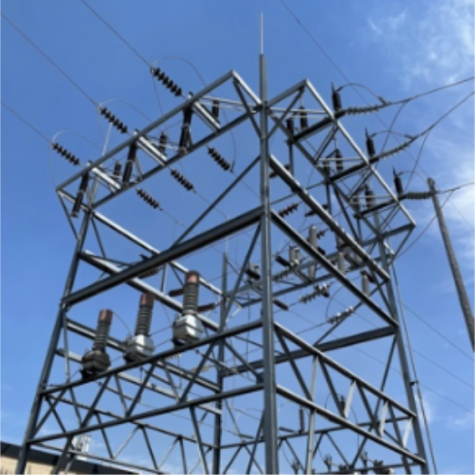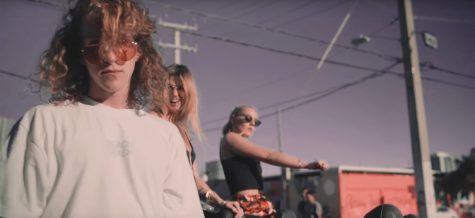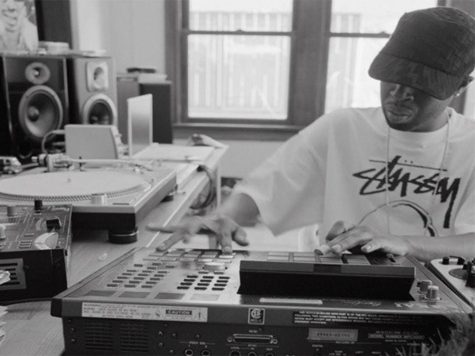Pop with a Capital ‘P’: Hooray for Justin Timberlake’s Comeback! Right? (Part 2)
April 8, 2013
 Justin Timberlake’s The 20/20 Experience features many long songs. So what?
Justin Timberlake’s The 20/20 Experience features many long songs. So what?
Reviews of Timberlake’s third solo album, his first in seven years, have focused on Timberlake’s stubborn disregard for songs that neatly fit into single-length slots on the radio or boast clearly marketable hooks. While some of these reactions have been more nuanced, the response feels overly conservative and resistant to innovation.
We claim we want originality and inventiveness. This album, whatever its flaws (and it has some!), is not safe, boring or formulaic. Songs like “Mirrors” and “Pusher Love Girl” contain two or three different songs within their elongated running times, while other tracks like “Blue Ocean Floor” and “Let the Groove Get In” take an unusually long time to build momentum, if they do at all. But the decision to produce long songs in and of itself is not sufficient grounds to accuse Timberlake of being pretentious or unwieldy. Instead, Timberlake deserves credit for being ambitious, for using his pop credibility to expand the definition of the genre. He’s daring to be different, and so far, it’s working out for him. (To be fair, Randall Roberts of the Los Angeles Times makes many of the same points in this piece.)
That said, I don’t plan to grade him on a curve. Several songs on this album do indeed lag as they struggle to the eight-minute mark, and those songs might indeed have been made a stronger impact in only four or five minutes. But I don’t think it’s fair to suggest that Justin Timberlake should make shorter songs. A song can be 30 seconds long, a song can be an hour long — if it’s a good song, it’s a good song. Four minutes (the amount of time left to save the world, incidentally) is just as arbitrary a duration as any other.
The 20/20 Experience lives up to its title in the sense that it is a truly immersive, epic record — Timbaland’s production is enormous and varied, drawing from R&B influences including Prince, R. Kelly, Michael Jackson and even Gloria Estefan while pioneering a sound uniquely its own. Timberlake’s voice has never sounded better, his falsetto beautifully navigating the content-heavy beats without getting overwhelmed by the background din.
The album is stronger sonically than lyrically, to be certain. “Spaceship Coupe” sounds quite nice and smooth, but its subject matter involves making love on the moon, a lofty and perhaps unattainable goal even for a superstar as successful as Timberlake. Lead single “Suit and Tie” (featuring a welcome but jarring Jay-Z cameo on an album with no other guests) is hardly an achievement in songwriting; its triumph is atmospheric rather than literary.
Second single “Mirrors” is an interesting case study in the album’s strengths and weaknesses. The song’s first half represents the most notable instance in which the production overwhelms Timberlake’s voice. The grandiose touches are welcome but overused; a more acoustic vibe might have allowed for a stronger focus on the melody. But, as the song rounds the bend at four minutes, “Mirrors” morphs into something more interesting and unusual, a tentative but heartfelt declaration complete with stray piano keys, a robotic refrain (“You are, you are, the love of my lifeÛ) and the album’s most honest lyrics.
Justin Timberlake’s “reflective” music video for “MirrorsÛ:
“Mirrors” also serves as a mirror to another part of Timberlake’s oeuvre and perhaps its most famous: the 2003 breakup ballad “Cry Me a River.” The beat-boxing in the background, the tempo, even the vocal style evokes that rain-soaked smash, the turning point from Timberlake’s career as a boy-band phenom into a genuine solo hitmaker. This similarity could come from two sources. One, Timberlake and Timbaland ran out of ideas and decided to recycle one of their previous hits because, hey, it worked in the past! The alternative is that the similarity calls attention to Timberlake’s evolution. In “Cry Me a River,” Timberlake rejects someone who clearly wants his attention; in “Mirrors,” he’s doing quite the opposite, basking in the glow of someone in whose company he feels truly secure.
Timberlake: A Study in Obvious Metaphors:
My favorite of the album’s ten tracks, “Pusher Love Girl,” establishes the album’s formula without feeling overlong or overwhelming. For about four minutes, it’s a delightful R&B throwback jam, and then it morphs into something a bit stranger and harder to define. In the first half, Timberlake waxes poetic about the virtues of his romantic “drug,” while in the second half, he’s taken the drug and feeling its effects. It’s an effective use of the stretched out format, allowing for two different styles and tempos without sacrificing a consistent theme (and charmingly heavy-handed metaphor).
So, is it truly a perfect experience as the title implies? No. But its songs grow more satisfying with subsequent listens, and overall, it’s a welcome return for pop’s biggest male superstar. Perhaps the upcoming sequel (out in November) will bring this album into greater focus.
Hooray for a terrific song! “Pusher Love GirlÛ:
http://www.youtube.com/watch?v=0LTnobdyNU4

